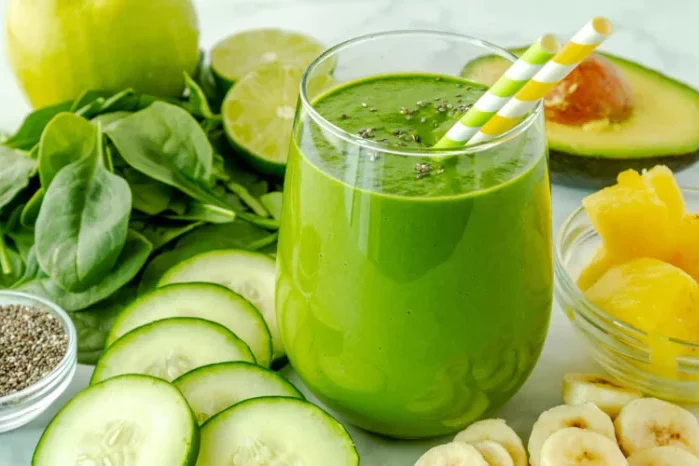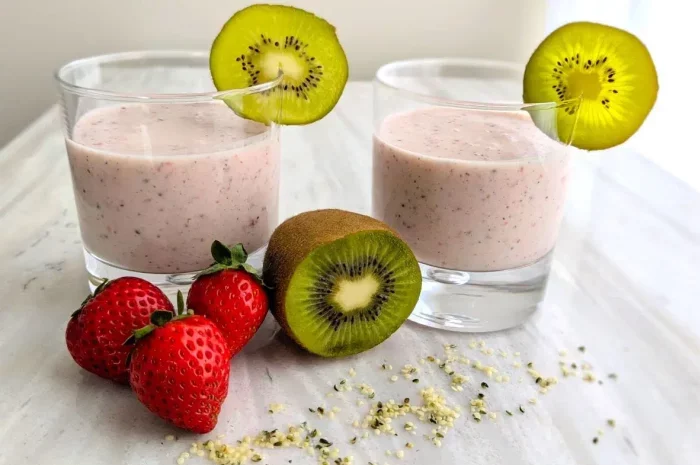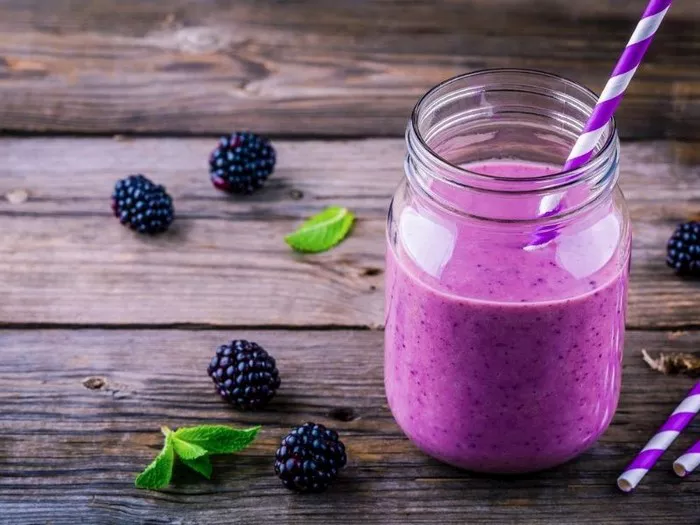Embarking on a weight loss journey is an exciting and challenging endeavor. While focusing on what to eat is crucial, understanding what not to eat can be equally, if not more, important. There are numerous foods that can sabotage your weight loss efforts, whether it’s due to their high calorie content, tendency to spike blood sugar levels, or lack of satiety. In this comprehensive essay, we will explore a wide range of foods that are best avoided when aiming to shed pounds, delving into the reasons behind their counterproductive nature and how they can impact your body’s metabolism and overall health.
Processed and Packaged Snacks
Potato Chips: Potato chips are a ubiquitous snack that unfortunately pose a significant threat to weight loss goals. They are typically made from thinly sliced potatoes that are deep-fried in oil, which immediately adds a substantial amount of calories. A single serving of potato chips (usually around 1 ounce or about 15 chips, depending on the brand) can contain anywhere from 150 to 200 calories. Moreover, the frying process often leads to the formation of harmful trans fats or a high amount of saturated fats, both of which can negatively impact cholesterol levels and contribute to weight gain. The high salt content in potato chips can also cause water retention and increase cravings for more salty and fatty foods. They offer very little in terms of nutritional value, providing mostly empty calories with minimal fiber, vitamins, or minerals.
Crackers: Many types of crackers, especially those that are highly processed, are not ideal for weight loss. They are often made from refined flour, which has been stripped of its fiber and nutrients during processing. This refined flour is quickly broken down into sugar in the body, leading to rapid spikes in blood sugar levels. When blood sugar spikes, the body releases insulin to bring it back down, and this can result in increased hunger and cravings shortly after consuming the crackers. Additionally, some crackers are loaded with added fats, usually in the form of hydrogenated oils or butter, to enhance their flavor and texture. A serving of crackers (say, about 10 to 15 pieces depending on the size) can range from 100 to 150 calories or more, and they don’t provide the same level of satiety as whole foods like fruits or vegetables.
Sugary Drinks
Soda: Regular soda is one of the worst offenders when it comes to weight gain and should be avoided at all costs during a weight loss journey. It’s loaded with added sugar, often in the form of high-fructose corn syrup. A typical 12-ounce can of soda can contain around 140 calories just from the sugar alone. Drinking soda regularly not only adds a significant number of empty calories to your diet but also has been linked to an increased risk of developing conditions like type 2 diabetes and obesity. The liquid form of the sugar means it’s quickly absorbed into the bloodstream, causing a sharp spike in blood sugar levels and subsequent insulin release. This can disrupt the body’s normal metabolic processes and lead to increased fat storage.
Fruit Juices (Not Freshly Squeezed): While fruit juices might seem healthy because they come from fruits, most commercial fruit juices that are not freshly squeezed are actually quite detrimental to weight loss. These juices are often made from concentrate and have a lot of added sugar to enhance the flavor. Even if they claim to be 100% fruit juice, the juicing process removes the fiber from the fruit, which is an important component for slowing down digestion and keeping you full. Without the fiber, the natural sugars in the fruit are absorbed rapidly, leading to blood sugar spikes similar to those caused by soda. A small carton (8 ounces) of a popular fruit juice brand can contain 100 to 120 calories or more, and it’s easy to drink multiple servings throughout the day without realizing how many calories you’re consuming.
Energy Drinks: Energy drinks are another category of sugary beverages that should be avoided. In addition to containing a significant amount of sugar (sometimes upwards of 20 grams or more per serving), they often have added stimulants like caffeine and other artificial ingredients. The high sugar content provides a quick energy boost but is followed by a crash, leaving you feeling tired and hungry. The stimulants can also disrupt sleep patterns if consumed too close to bedtime, and poor sleep is associated with weight gain. Moreover, the calories from energy drinks can quickly add up, especially if you rely on them regularly for an energy pick-me-up during the day.
Fried Foods
Fried Chicken: Fried chicken is a beloved but calorie-dense food that should be limited or avoided when trying to lose weight. The process of frying chicken involves coating it in a batter or breading and then submerging it in hot oil. This adds a substantial amount of calories from the oil absorbed during frying. A single piece of fried chicken (a thigh or a drumstick, for example) can have anywhere from 250 to 400 calories or more, depending on the size and the type of coating. The breading is usually made from refined flour, which lacks fiber and is high in carbohydrates that are quickly digested. Additionally, the frying oil can be high in saturated or trans fats, which are harmful to heart health and can contribute to weight gain.
French Fries: French fries are another common fried food that’s notorious for its negative impact on weight. Made from potatoes that are cut into strips and deep-fried, they absorb a large amount of oil during the cooking process. A small order of fast-food French fries (about 3 to 4 ounces) can have around 300 to 400 calories. Like potato chips, they are high in salt and offer little in terms of nutritional value. The combination of the high-calorie oil and the refined nature of the potato makes them a poor choice for anyone looking to shed pounds. The quick digestion of the potatoes can lead to blood sugar spikes, and the high calorie density means they can easily add up if you’re not careful with portion sizes.
High-Fat and High-Sugar Dairy Products
Full-Fat Cheese: Full-fat cheeses like cheddar, brie, and cream cheese are delicious but can be a hindrance to weight loss. They are high in saturated fat and calories. For example, an ounce of cheddar cheese has about 110 calories and 9 grams of fat, most of which is saturated. While dairy fats can be part of a healthy diet in moderation, when you’re trying to lose weight, consuming large amounts of full-fat cheese can quickly add up in terms of calorie intake. It’s also relatively easy to overeat cheese due to its rich flavor and versatility in various dishes. Instead, opting for lower-fat or reduced-fat versions can help cut down on calories while still allowing you to enjoy the taste.
Whole Milk and Cream: Whole milk contains a significant amount of fat, with about 3.25% fat content by volume. A cup of whole milk has around 150 calories, compared to about 100 calories for the same amount of skim milk. Cream, on the other hand, is even higher in fat and calories. Heavy cream, for instance, has about 8 grams of fat per tablespoon and around 50 calories. These high-fat dairy products are often used in cooking, baking, and making creamy beverages or desserts. When consumed regularly in large quantities, they can contribute to excess calorie intake and weight gain. Choosing lower-fat milk options like skim or 1% milk and using lighter creams or alternative non-dairy creamers can be a better choice for weight loss.
Conclusion
In essence, avoiding these types of foods as much as possible and focusing on whole, unprocessed options like fresh fruits and vegetables, lean proteins, healthy fats in moderation, and complex carbohydrates from whole grains will set you on a more successful path for weight loss. It’s also important to remember that moderation is key, and an occasional indulgence in a less-than-ideal food won’t completely derail your efforts, but making these items a regular part of your diet surely will. By being aware of these dietary pitfalls, you can make more informed choices and better support your weight loss goals in the long run.
Related Topics:























